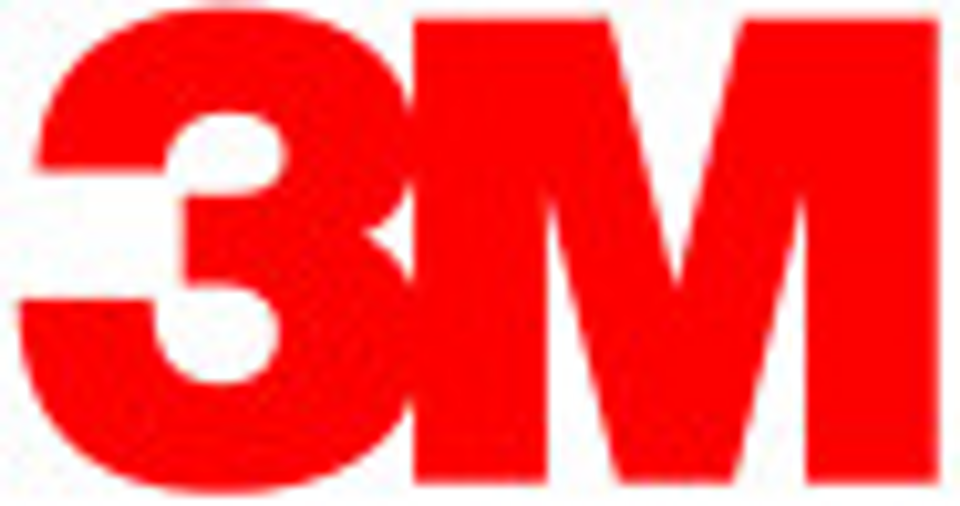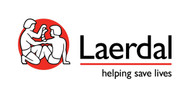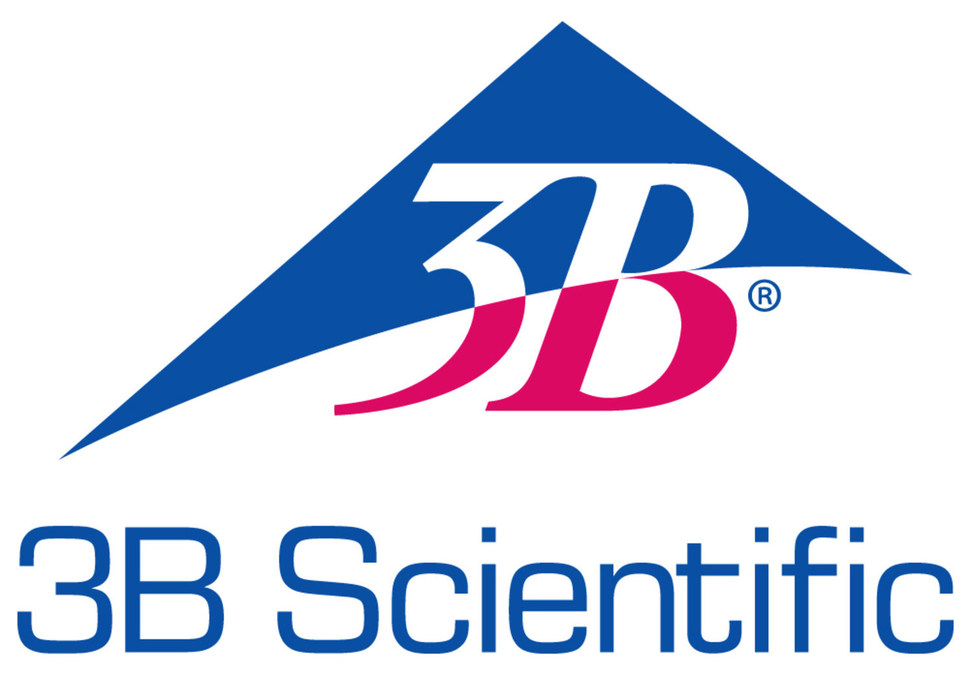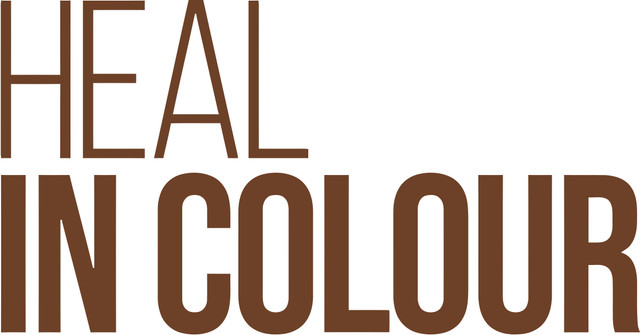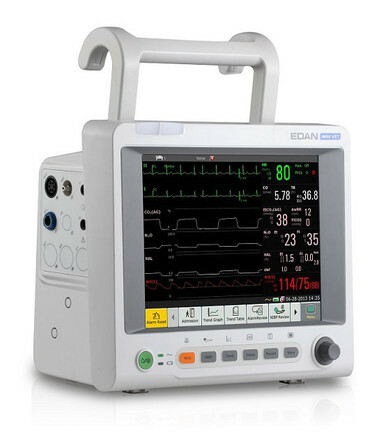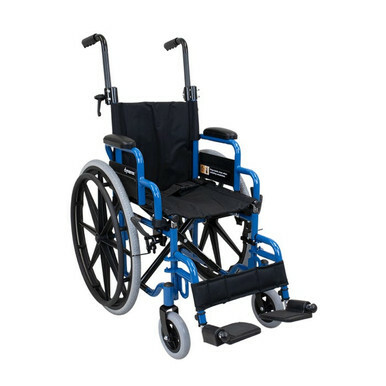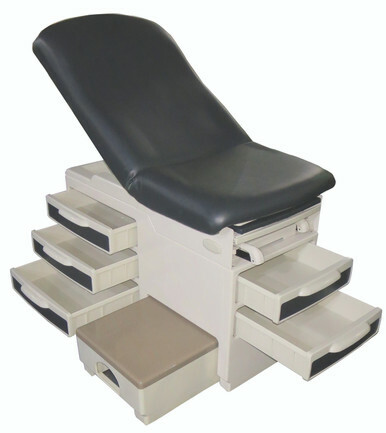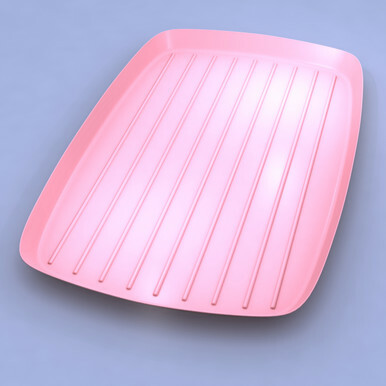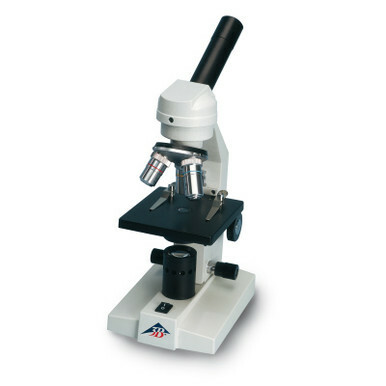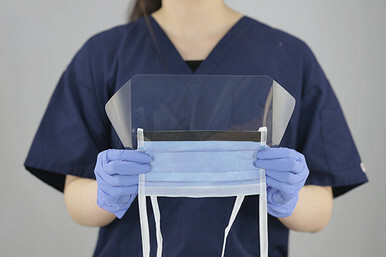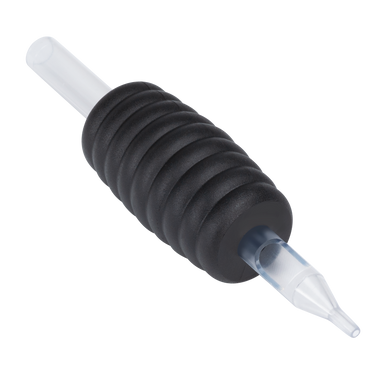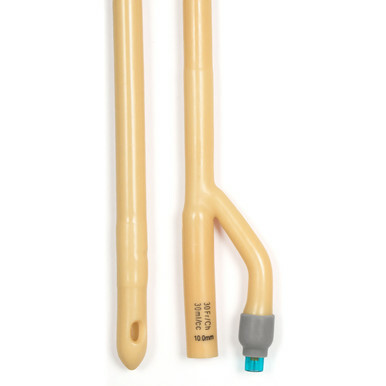The Sound of Health: A Closer Look at Stethoscopes
Posted by EMRN on 25th Aug 2023
When it comes to the tools of a medical professional, few are as iconic and essential as the stethoscope. This seemingly simple device has been a cornerstone of medical practice for centuries, enabling healthcare providers to listen to the inner workings of the human body. In this blog post, we'll explore the history, components, types, and modern advancements of stethoscopes, shedding light on their critical role in diagnosing and monitoring various medical conditions.
- A Brief History of Stethoscopes: The stethoscope's origin dates back to the early 19th century, when French physician René Laennec invented the first version. It was a wooden tube that allowed him to listen to the sounds of the heart and lungs without the need for direct contact with the patient's body. This revolutionary invention laid the foundation for modern auscultation and paved the way for the development of the modern stethoscope.
- Components of a Stethoscope: Modern stethoscopes consist of several key components:
- Chestpiece: The part placed on the patient's body to capture sounds.
- Tubing: Transmits sound waves from the chestpiece to the earpieces.
- Earpieces: Placed in the healthcare provider's ears for listening.
- Diaphragm and Bell: Interchangeable parts of the chestpiece for different sound frequencies.
- Tubing and headset material: Varies for comfort and durability.
- Types of Stethoscopes:
Stethoscopes have evolved to suit various medical needs, including:
- Acoustic Stethoscopes: The traditional design that relies on sound conduction through air-filled tubing.
- Electronic Stethoscopes: Amplify and filter sounds for clearer listening.
- Fetal Stethoscopes: Specifically designed to monitor the fetal heartbeat during pregnancy.
- Doppler Stethoscopes: Use ultrasound technology to detect blood flow and heartbeats.
- Advancements in Stethoscope Technology:
In recent years, technology has propelled stethoscope innovation:
- Digital Stethoscopes: Can record and store auscultation sounds for further analysis and consultation.
- Noise-Canceling Features: Minimize ambient noise for improved clarity.
- Wireless Connectivity: Allow real-time sound transmission to smartphones or computers.
- AI Integration: Artificial intelligence can help analyze and interpret auscultation sounds.
- Proper Stethoscope Use and Care:
To ensure accurate and hygienic use of stethoscopes:
- Clean and disinfect after each use to prevent cross-contamination.
- Handle with care to avoid damaging delicate components.
- Choose the appropriate diaphragm or bell for the desired sound frequency.
- Regularly inspect for wear and tear, and replace components as needed.
From its humble beginnings as a wooden tube to its modern iterations with advanced technological features, the stethoscope remains an indispensable tool in the medical field. It enables healthcare professionals to listen to the body's symphony, deciphering the clues that guide diagnoses and treatment decisions. As technology continues to advance, the stethoscope's role in patient care will undoubtedly evolve, but its fundamental importance to medicine will remain unwavering.

